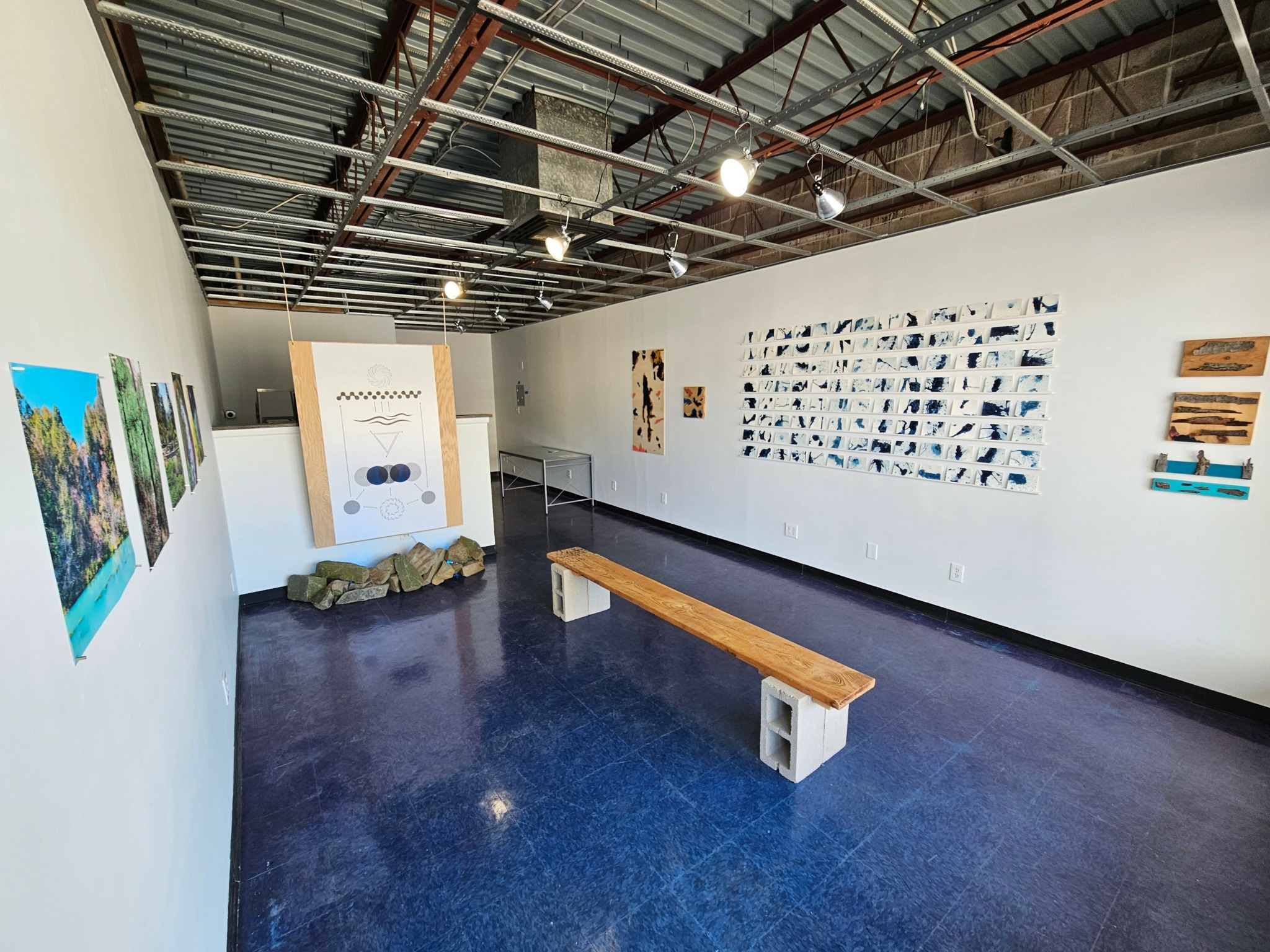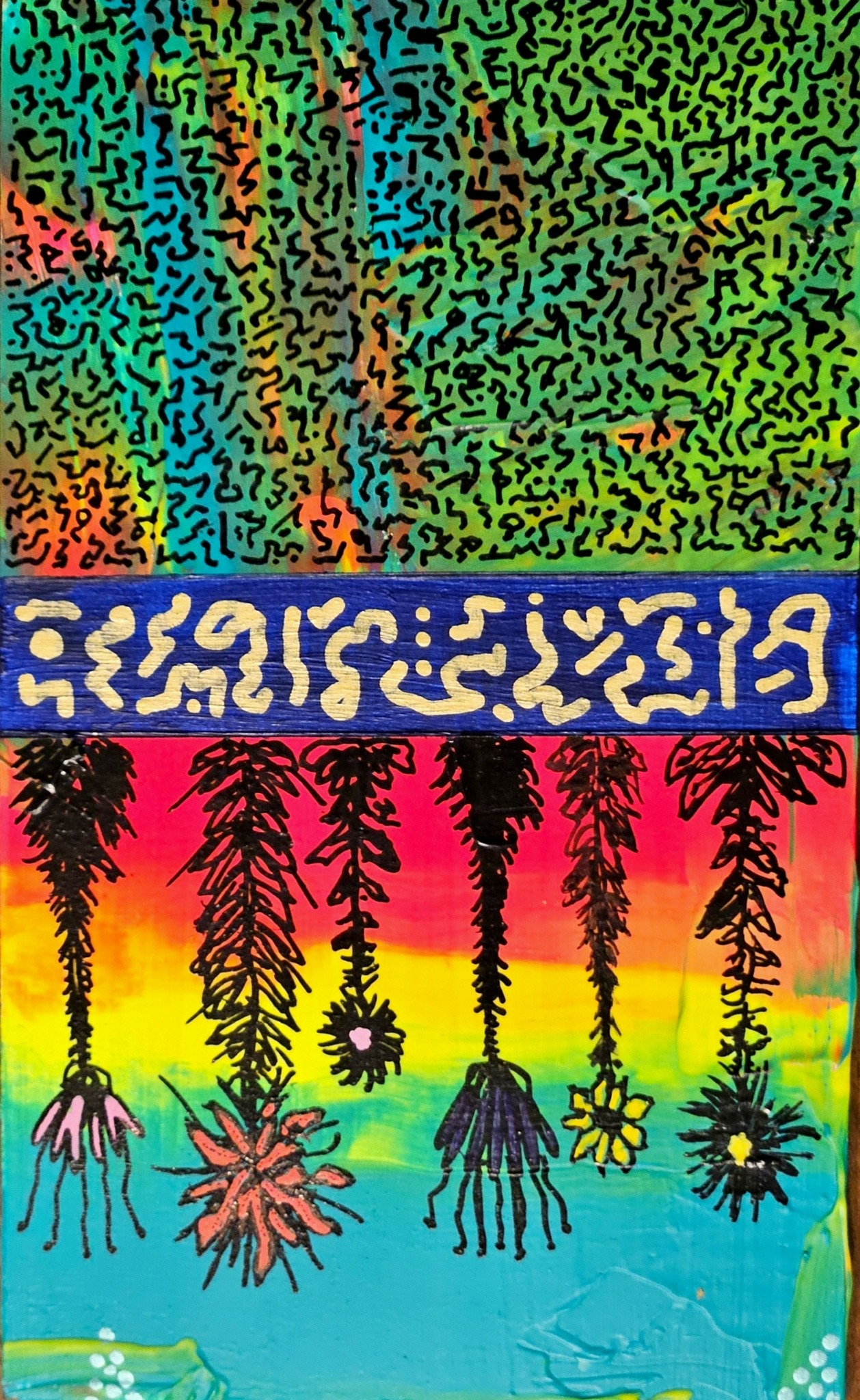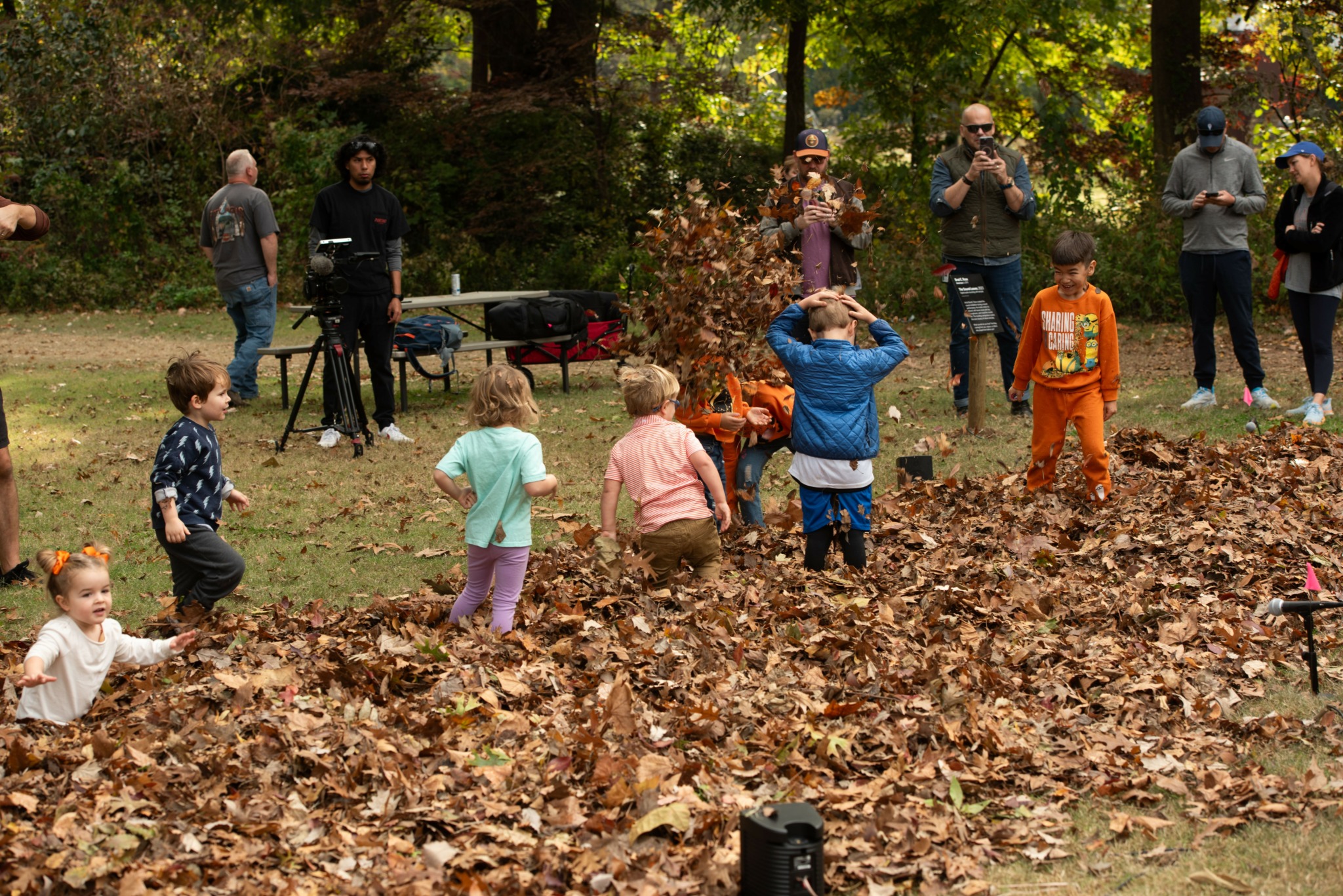Alright – so today we’ve got the honor of introducing you to Brad Rose. We think you’ll enjoy our conversation, we’ve shared it below.
Brad, appreciate you joining us today. Can you talk to us about a project that’s meant a lot to you?
One of the most meaningful projects I’ve worked on is The Bird House, a suburban backyard micro-gallery I co-run with Eden Hemming. We started it as an extension of Foxy Digitalis, but more than that, it was a response to a question we kept circling around: What does it mean to create space for art when you live outside of major cities?
The Bird House is literally in our backyard. It’s small, intimate, and radically accessible. The walls are close. The ceiling is low. And yet, it’s become a space where the lines between artist and audience, home and gallery, public and private, all begin to blur.
We show work by artists across the spectrum: established, amateur, outsider. We believe deeply that artistic creation is a fundamental human impulse, not something reserved for the professionally anointed. We’ve shown textile sculptures, sound installations, dream archives, ceramic talismans, and a room filled with soft light and grief. People linger longer than they expect. They touch things. They talk to strangers.
What makes it meaningful to me is how small it is, and how much happens anyway. There’s something powerful about saying: This is enough. This place, this moment, this porch light flicking on at dusk. We’re part of a loose ecosystem of DIY and domestic galleries like Queen Rose Art House, Half Bath, and Cult Love House. There’s real solidarity in that.
The Bird House reminds me that art can live anywhere. It doesn’t have to wait for permission.


Awesome – so before we get into the rest of our questions, can you briefly introduce yourself to our readers.
I’m an artist, writer, and sound maker based in Tulsa, Oklahoma. My work moves across disciplines: sound, visual art, writing, and curation. At the core, I’m interested in place, memory, ecology, and how we build meaning and connection through creative practice. I’ve been running Foxy Digitalis, a music magazine and platform for experimental sound and art, since 2003. I’m also the co-founder of The Bird House, a backyard micro-gallery that hosts intimate exhibitions and performances in a repurposed playhouse that my daughter outgrew.
I came into this work through a long, nonlinear path. I’ve always been drawn to sound and storytelling, especially the kinds that happen outside of institutions and traditional systems. I started with experimental music and cassette culture, but over time that expanded into installations, writing, curatorial projects, and larger collaborations with other artists. I’ve never been interested in doing one thing. I’m interested in how forms overlap and what happens in the spaces between them.
I make original music and sound installations, visual work, essays, fiction, and experimental writing. I also mentor other artists, curate exhibitions, and lead workshops focused on listening, dreaming, and collaborative making. My projects range from public exhibitions and performances to publications and longform narrative work. I often partner with other artists, collectives, or community organizations to shape something that reflects more than one voice.
I don’t think in terms of solving problems for clients. What I offer is an invitation into a different pace and approach. I try to create spaces where people can slow down, listen closely, and engage with art and ideas in ways that are thoughtful, spacious, and grounded in care. I’m less interested in traditional models of productivity and more interested in attention, presence, and process.
What sets my work apart is the way it holds tension between the poetic and the practical. I care deeply about texture, whether in sound, language, image, or space, and I bring a lot of intentionality to how things are made and shared. I’ve worked across many forms, but what ties it all together is a consistent sense of emotional clarity, layered atmospheres, and an openness to uncertainty.
I’m proud of the community I’ve helped grow through Foxy Digitalis and The Bird House, and of being a supportive, curious presence in experimental and interdisciplinary arts. I try to make work that resonates across boundaries. Not by simplifying it, but by inviting people in.
If someone is encountering my work for the first time, I’d want them to know that it’s built from a place of care, curiosity, and refusal. I’m not interested in following trends or packaging myself as a product. I’m interested in building something lasting and in making space for others to do the same.


What can society do to ensure an environment that’s helpful to artists and creatives?
First, we have to stop treating artists like a luxury. A thriving creative ecosystem needs infrastructure: consistent funding, affordable housing and studio space, healthcare, and time. Artists can’t do their best work when they’re constantly scrambling to survive.
Institutions also need to shift away from only funding projects and start funding practices. Project-based grants often create artificial urgency or force artists to shape their work to fit predefined outcomes. Supporting a practice means trusting that creative work doesn’t always follow a neat timeline. It values longevity, experimentation, and the messy parts of process that never make it into a final report.
Support also means trusting artists to know what they need. Fund experiments. Make space for things that are slow, strange, or unfinished. Not everything has to be packaged or scalable to matter.
It’s not just about supporting individuals, it’s about nurturing the whole ecosystem. That includes curators, organizers, small press publishers, and the people building spaces where creative work can live and grow.
And finally, we need to look beyond institutions and major cities. So much vital work is happening in backyards, community spaces, and living rooms. Art doesn’t need permission. It needs room.


Is there something you think non-creatives will struggle to understand about your journey as a creative?
One thing I think some non-creatives might struggle to understand is how much of the work happens beneath the surface. It doesn’t always look like producing something. Sometimes it looks like walking. Or staring. Or rearranging notes that don’t go anywhere. Sometimes it looks like nothing at all.
But that invisible part, what I think of as the compost, is essential. It’s where connections form, where ideas settle, where clarity begins to take shape. I can’t force it. I can try to support it, but I can’t schedule breakthroughs. That part of the process is real, even if it isn’t measurable.
I also think there’s a lot of misunderstanding about what “success” means. It’s rarely about recognition or financial return. It’s about getting closer to the work I need to make. It’s about making something that feels honest, and sometimes that means taking a long, quiet route. Sometimes that means walking away from things that might look like success from the outside.
Creative work requires a lot of trust. Trust in the process, trust in your own rhythm, trust that what you’re building matters even when no one else is watching. That part is hard to explain, but it’s the core of it for me.
Contact Info:
- Website: https://bradroseprojects.com/
- Instagram: https://www.instagram.com/foxy.digitalis/
- Other: https://thejewelgarden.bandcamp.com/
https://foxydigitalis.zone/
https://rss.com/podcasts/songsofourlives/




